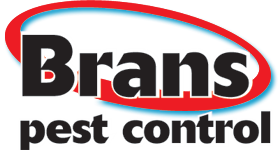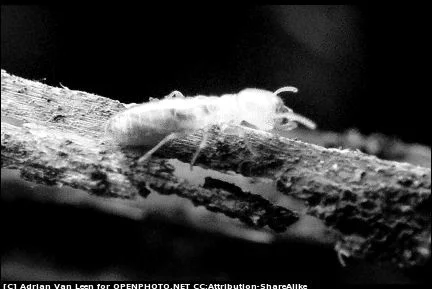Termites cause more than 2 billion dollars in damage to homes nationwide every year. That’s more than fires, storms, and earthquakes combined. Homeowners insurance will cover the losses from such disasters, termite damage typically is not covered.
A full blown colony of termites can eat several pounds of wood in your home every week. They feed 24 hours a day and leave a chemical trail for more termites to follow. You may not discover the termite activity until you see signs of an infestation, such as hundreds or thousands of swarming termites flying in your house, or notice damaged hardwood floors. They will likely remain hidden from view, running through gaps around plumbing, the hollows of piers, or possibly behind shrubs or plants against the house.
This is why it is so important to have a Brans Pest Management Professional perform an inspection of your home. If termites are present, then we will develop a plan of attack to treat the existing termite infestation as well as prevent other termites from coming back in the future.
At Brans Pest Control, We offer liquid treatments, baiting system and bora care treatments.Our primary product for liquid treatments is Termidor SC. Termidor is unique in its mode of control. It is a non-repellant. While there are other nonrepellants on the market, Termidor is proven for its effectiveness, longevity and fewer callbacks.
Our baiting system is Hex-Pro. Hex-Pro is a passive form of control, in that we wait for the termites to “hit” the stations. At that point we remove the monitoring sticks and replace it with a bait matrix. The termites feed on the bait, bring it to the colony and queen an the affected termites are killed. The baiting system works as a “chitin synthesis inhibitor”, that is it prevents the termites from molting.
Bora Care treatments are a great way to protect all of the exposed wood members in a structure during construction or renovation. It provides for a long term natural protection against sub-terranea termites, Drywood termites, Formosan termites, carpenter ants, wood destroying beetles and wood destroying fungi



